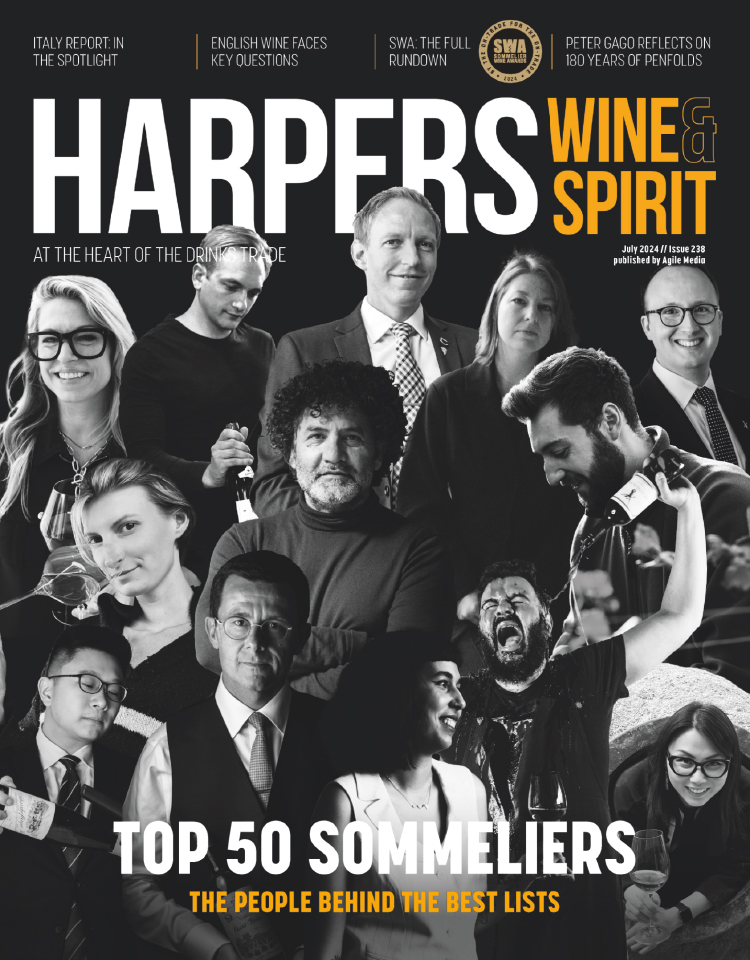The invisible market
In Ralph Ellison's great American novel The Invisible Man, published in 1952, the central premise is that black men are so unimportant in the US, so inconsequential, that they are, in fact, invisible'.
Since then, broad social progress has been made, but as far as the US wine industry is concerned, Ellison's proposition still holds true.
It is hardly a secret that the wine industry has not paid as much attention to ethnic markets as the spirits and beer industries have. Brandy marketers, for example, have done a terrific job of targeting the African-American consumer, and the beer guys are all over ghetto blacks, who are usually shown in television commercials playing basketball while knocking back an icy brew.
Why is this market invisible to wine people? If you ask, you get an embarrassed shrug and a mumble along the lines of well, um, African-Americans don't drink wine', which is actually what I was told by a marketing VP for a major California winery about 18 months ago. And it isn't just blacks who fail to register on wine marketers' radar. Latinos and, to some extent, Asians get the same blank stare, although people have begun to talk about wines that match well with pan-Asian cuisine.
Could the blackout (or should I say whiteout) on African-Americans be because there are virtually no black men or women in the wine trade in the US? I go to more than my share of tastings and other trade events, and it is very rare to see a black face anywhere - unless they are part of the service staff, of course.
A Boston-based group called Divas Uncorked is out to change that attitude, according to Stephanie Browne, one of the 10 African-American professional women who met on a social basis in the late 1990s to explore their mutual passion for wine.
The group has come up with some numbers that should make uneasy reading for US wine marketers: a Scarborough Research report from 1999 found that African-Americans spend more readily on wine than their white counterparts. The study also found that while 6% of the total adult American population of drinking age will spend $20 or more on a bottle of wine, 39% of African-Americans will do so.
The Divas also found research showing that black wine drinkers are younger, tend to live in cities and have a total buying power of $292 billion; that they make purchasing decisions based on networking; and that they are loyal to companies that demonstrate social responsibility. Oh and yes, they look for targeted advertising. As Diva Paula Wright put it: Do they look like us, in places we go?' Good question.
The Divas have gone from a social chit-chat over the Chardonnay to a business venture, involving wineries in educating staff and the public about African-American wine drinkers. The plan was put into action earlier this year when the Divas formed what they call a Collaborative Consortium, a joint business venture with three California wineries, St Supry, The Hess Collection and the Mendocino Wine Company. At the time Browne said, The Consortium will allow us to create a powerful force that will tackle the misconceptions that exist today. The wine industry is prime right now.'
Browne said there are three steps involved. The first is education, the second is going into the market and the third is the social-professional involvement of African-American women in the wine business.
The Latino market? I hate to get started on that. California wineries seem to think it's a big deal if they have a weekend tour guide on hand who can speak Spanish. He or she is probably moonlighting from a regular gig in the shipping department or the vineyards.
Let's do the numbers. Victor Ornelas, the owner of Ornelas & Associates, a California marketing company, says that about 25% of Latinos over the age of 21 drink wine. Latinos are taking to wine faster than any other ethnic group,' he says. Furthermore, Latino family income is increasing rapidly, building towards a true Latino middle class.
The wine trade has come to recognise the loyalty (and buying power) of the gay and lesbian market. How long will it take to come to grips with the idea of an ethnic market? It better be soon. It seems to me that a savvy international wine company based, say, in South Africa, with a good ethnic track record, could get an early lock on the ethnic market in the US.







